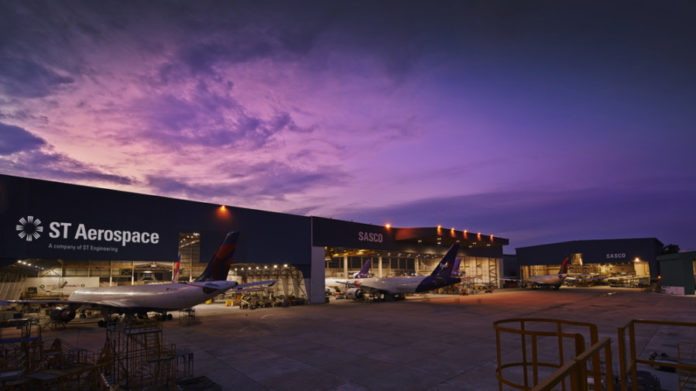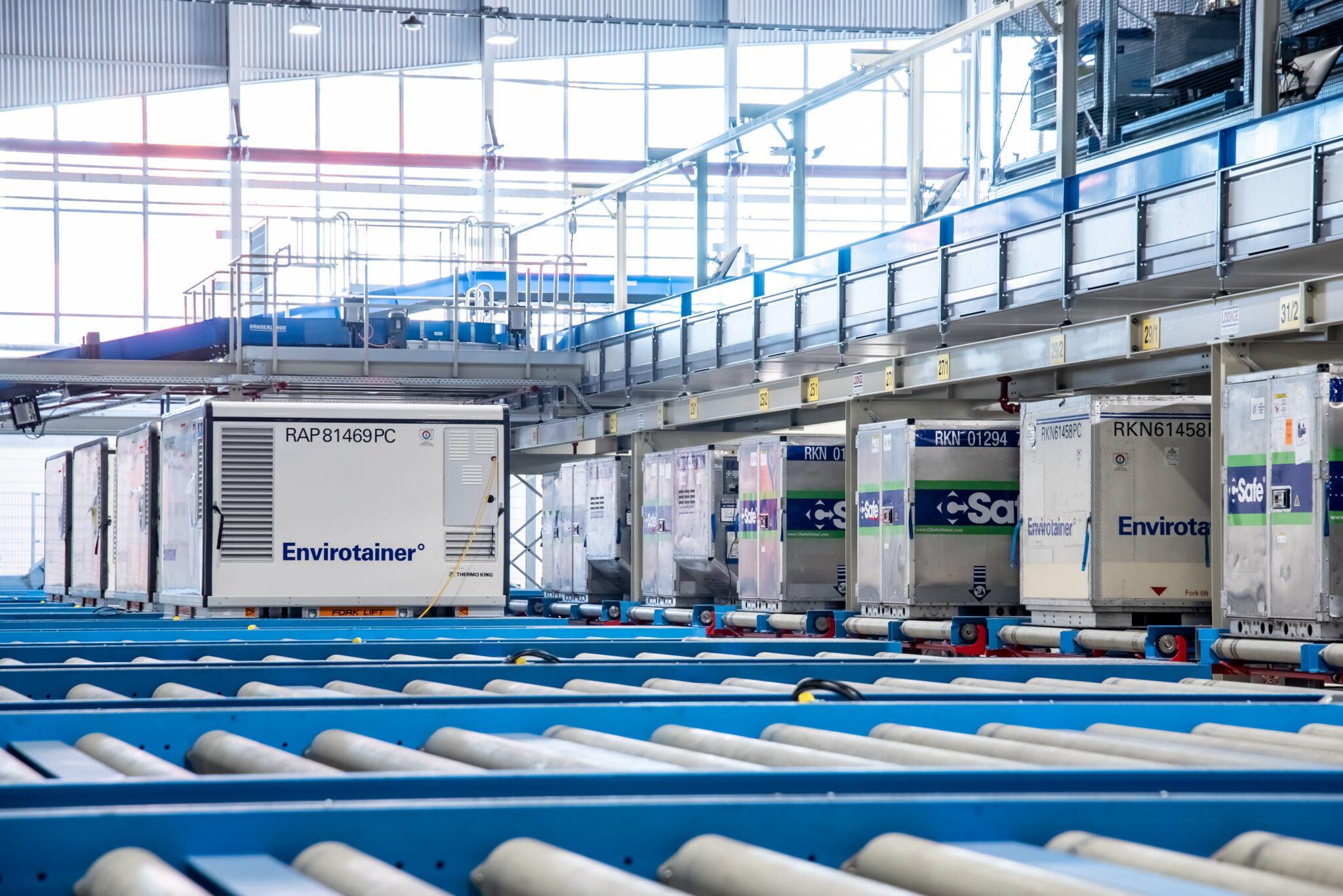

The formation of partnerships between airlines and aircraft manufacturers with maintenance repair and overhaul (MRO) and supply chain specialists is a growing trend in the industry, writes Stuart Flitton.
Where an airline owns its aircraft, maintenance will involve use of its own spare parts in its own storage facilities and be performed by its own engineers. However, where aircraft are leased from the original equipment manufacturer (OEM) or a third-party lessor, these may provide maintenance and decide where this takes place and where parts are stored.
The planning and management of MRO, especially co-ordinating the regular mandatory checks across a whole fleet, is therefore crucial. This is where the specialists come in.
Among the world leaders is DHL Supply Chain, which signed a ten-year contract with Cathay Pacific last summer to take overall responsibility for the storage, warehousing and transportation of 80,000 components and equipment used to maintain Cathay Pacific and Cathay Dragon’s 180 aircraft at Hong Kong International Airport.
The operation involves 120 DHL Supply Chain specialists working around the clock, managing more than 90,000 sq ft of warehousing space.
DHL is moving towards finalising a similar deal with Etihad Airways Engineering in Abu Dhabi and is running smaller operations with the Franco-Italian aircraft manufacturer ATR and São Paulo-based Embraer Executive Jets, mostly concerning the storage of components and providing supply chain solutions to the customer requirements.


DHL Supply Chain (MRO) VP David Bruce says the Cathay agreement will involve a gradual phasing in of continual improvement to the airline’s MRO while the focus with MRO provider Etihad Airways Engineering would be different. The smaller operations are less complex. But, just like the three bears in the Goldilocks fairytale, the level of service has to be just right.
“There are differences in what’s important to each customer. They all have a solution in place today and that can be good, but the question to the customer’s decision makers is how do you go from good to great with your MRO supply chain solution?” Bruce says.
“The (aerospace) supply chain has typically not been the focal point for an airline in terms of investment or trying to deliver strategy, and that’s where we come in because managing complex supply chains is our core competency.”
Another big player is SEKO Logistics, which has an aerospace and aviation division based in Dallas, Texas. SEKO Logistics managing director Bryan Lowrie says: “If you have a production line building an aircraft, a ripple effect is caused if someone is late. Customers need the supply chain to be precise and they must be kept well informed.”
Most of SEKO’s business involves airfreight imports into the US. It has more than 120 offices in 40 countries with aerospace and aviation centres of excellence in Europe, the Americas and Asia Pacific.
One of these is at Farnborough airport, chosen because of its status as the home of British aerospace. SEKO Logistics director Dean Townsend, says: “This is part of our commitment to customers in the aerospace and aviation sector and also reflects the strong growth forecast for the industry over the next five to seven years. Our SaaS (Software-as-a-Service) solutions are unique to SEKO and give our customers total visibility of their assets in the supply chain.
“All the vital supply chain information is accessible online and is fast and easy-to-use, eliminating time-consuming paper processes.”
Last month ST Aerospace, the Singapore-based world’s largest commercial airframe MRO provider, concluded a $30 million five-year exclusive deal to maintain Lufthansa Cargo’s fleet of 12 McDonnell Douglas MD-11s. ST Aerospace has been providing C-checks on Lufthansa’s MD-11s for the past four years but from next year will be the sole service provider for A, B and C-checks.
Lufthansa Cargo vice-president, transport management and flight operation, Claus Richter says: “The professionalism and experience of ST Aerospace, especially with regard to MD-11 heavy maintenance, fits well with the performance expectation of Lufthansa Cargo and their customers. This long-term contract is another step in the fruitful partnership of both companies.”
ST Aerospace president Lim Serh Ghee said: “This exclusive contract is an affirmation of the quality that ST Aerospace puts into its services and support. We greatly value the partnership we have with all our customers, with whom we strive to develop long-term relationships so that we can leverage the rapport built to create more value-add.”
Bruce said that engaging supply chain specialists could transform an airline or manufacturer’s business: “It can be seen as high-risk and could be first-time outsourcing. It can take an enormous amount of time for the customers to gain their own internal alignment. We assist where we can but it is ultimately the customer’s project team that has to do that because it is about change management. It could be about changing the way things have been done for the past 30-40 years.”
Bruce said that the Cathay Pacific deal took a solid two plus years of preparation and engagement with the business to create the right solution for all parties. “We become quite consultative in engagement at the beginning – deliberately pushing and supporting our customers,” says Bruce.
Strategic insight is also needed from the customer to help build the best solution, so that DHL can tailor its services to the customers’ needs. “All contracts can go through last-minute nerves at the altar. We could just sit back, but that’s not what we do. Where we can, we will support the decision makers and business wide stakeholders.”
He said the Cathay deal had generated a lot of interest from potential customers, especially in Asia.
“What we are beginning to see is that in Asia and the Middle East it is about ‘how does my supply chain support new growth?’ In Europe it seems more about protection – ‘how do I compete against low-cost carriers?’
“Some have got tough times ahead. We work closely with our customers to find the best solution – the planning, co-ordination and control of the operation.
“It goes back to asking ‘what’s the problem and what’s the value add that DHL can bring’ and we work to find the right solution,” Bruce said.












